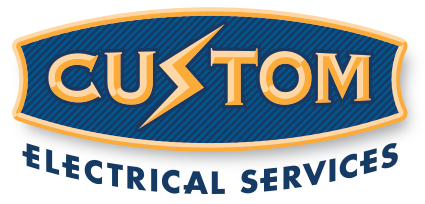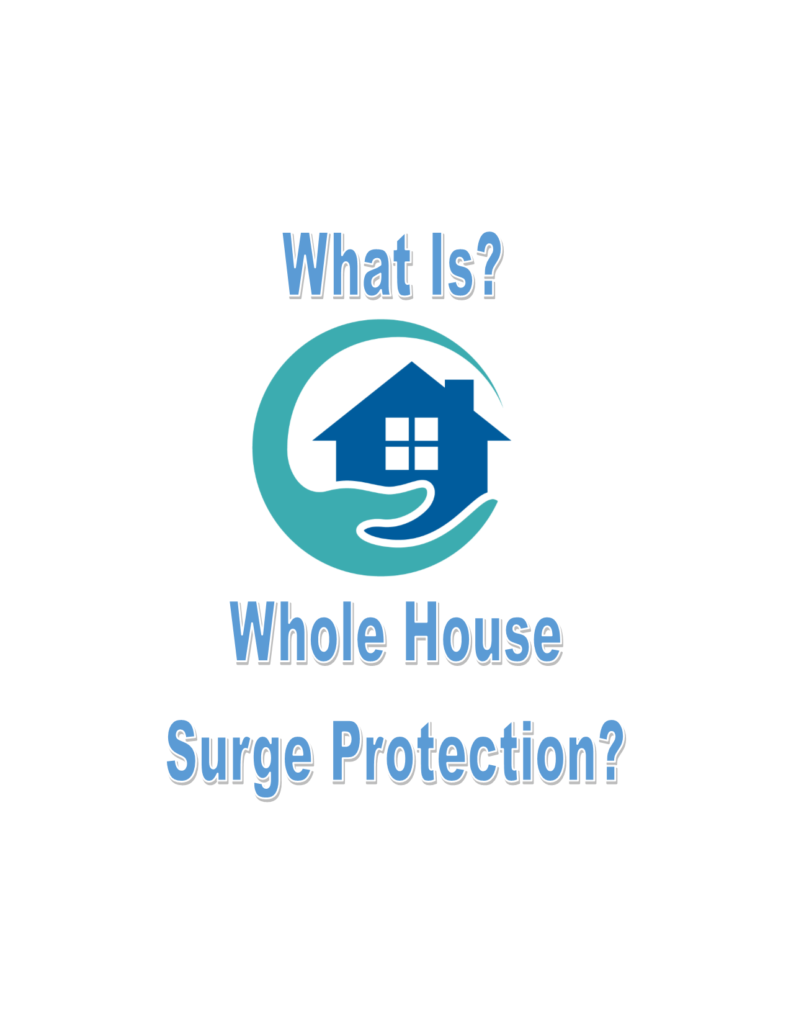What is whole house surge protector, and do they really work?
A whole house surge protector is a device that is typically mounted onto or inside your homes electrical panel. The whole house surge protector is used to divert excess voltage from your homes electrical system. With today’s sensitive electronics a whole home surge protector can save you thousands in electronic replacements. Additionally, a home’s modern kitchen appliances, heating system and other major appliances can also benefit from a whole house surge protector.
What is the difference between a whole house surge protector and a point of use surge protector or power strip?
A power strip is used to protect only the electronics plugged into it. Power strips are commonly used for a TV, stereo or computer. While power strips are nice, they do not protect the entire home like a whole house surge protector. Also most power strips do not offer the same level of protection some whole house surge protectors can.
Choosing the right whole home surge protector.
We have all heard the saying you get what you pay for. This is also true with whole home surge protectors. You want to choose a brand that offers a good warranty, high rating, and will be around to honor any warranties should you suffer an excess electrical surge. Most quality whole house surge protectors come with a $10,000 or more warranty for your home’s electronics. Additional you want to make sure ALL lines are protected. Look for a unit that has L-N, L-G, N-G listed on it. This will offer protection from both phases of power in addition to the neutral conductor. You also want to choose a whole house surge protector with a high joule rating. A joule is the amount of energy that can be absorbed or diverted before the unit fails. Most quality whole house surge protectors have ratings of 2,000 joules or more. While many of your surge power strips may only have a rating of 400 or more. Another useful measurement for a whole house surge protector is its VPR rating. A VPR is the maximum voltage a surge protector will let through to a connected device or your home. A higher number is not good in this case. If you had a whole house surge protector with a VPR rating of say 900 that would mean the surge protector would allow 900 volts of electricity through the unit into your appliances. 900-volt surge would damage or destroy many home electronics. Some quality brand name whole house surge protectors are made from a variety of manufactures. Some quality and popular brands today include Siemens, Eaton, and 
Can you install a whole house surge protector yourself?
While point of use surge strips can easily be installed by most homeowners, a whole house surge protector is better left to be installed by a licensed electrician with good reviews. Installation generally requires removal of the electric panel cover or door. This exposes the live wires and the buss bar inside the electrical panel. The whole house surge protector would then tie into your homes electrical system generally by snapping onto the panels bus bar or installed onto a new breaker inside the electrical panel.
But do they really work?
Short answer: Yes! While they won’t protect your home from a direct lighting strike, they will definitely offer some level of protection for power surges. A whole house surge protector is worth the investment. Your home is generally your biggest investment so why not protect it? Whole house surge protectors are so beneficial they are also becoming required in the 2020 National Electrical Code to be installed on all new homes built. Give Custom Electrical Services a call today or schedule online and one of our licensed electricians can help you choose the right whole house surge protector today!




